NEW YORK — When an electrically-powered train loses power, nothing works.
That includes toilets. And as a delay mounts, the train may not go, but passengers still have to.
Passengers on an Amtrak Acela Express stalled north of Penn Station for about five hours on Sunday dealt with a rather rustic solution, according to a report on Boston’s WBZ-TV: a cardboard box became a makeshift toilet. (Please note: that’s makeshift.)
Passenger Nick Yeh told the station that an hour into the delay on Boston-bound train No. 2230, the crew opened doors on one side of the train “to help circulate air because it was starting to get warm and stuffy. Because we were out of power, the toilets were unflushable for the entire five hours we were waiting.”
Another passenger, Beth Jacobsen, explained the solution, which involved some out-of-the-box thinking (although hopefully not activity of a similar nature). “What the stewardesses ended up doing was making a porta-potty out of a cardboard box,” Jacobsen said.
Maybe the sturdy wooden packaging for those boxed lunches on some other Amtrak routes now makes more sense.
The train, with 299 passengers aboard, arrived in Boston about 8:20 p.m. It had been due at 1:35 p.m. An Amtrak spokesman told the Boston Globe the train stopped because of pantograph damage caused by “debris in the catenary.”





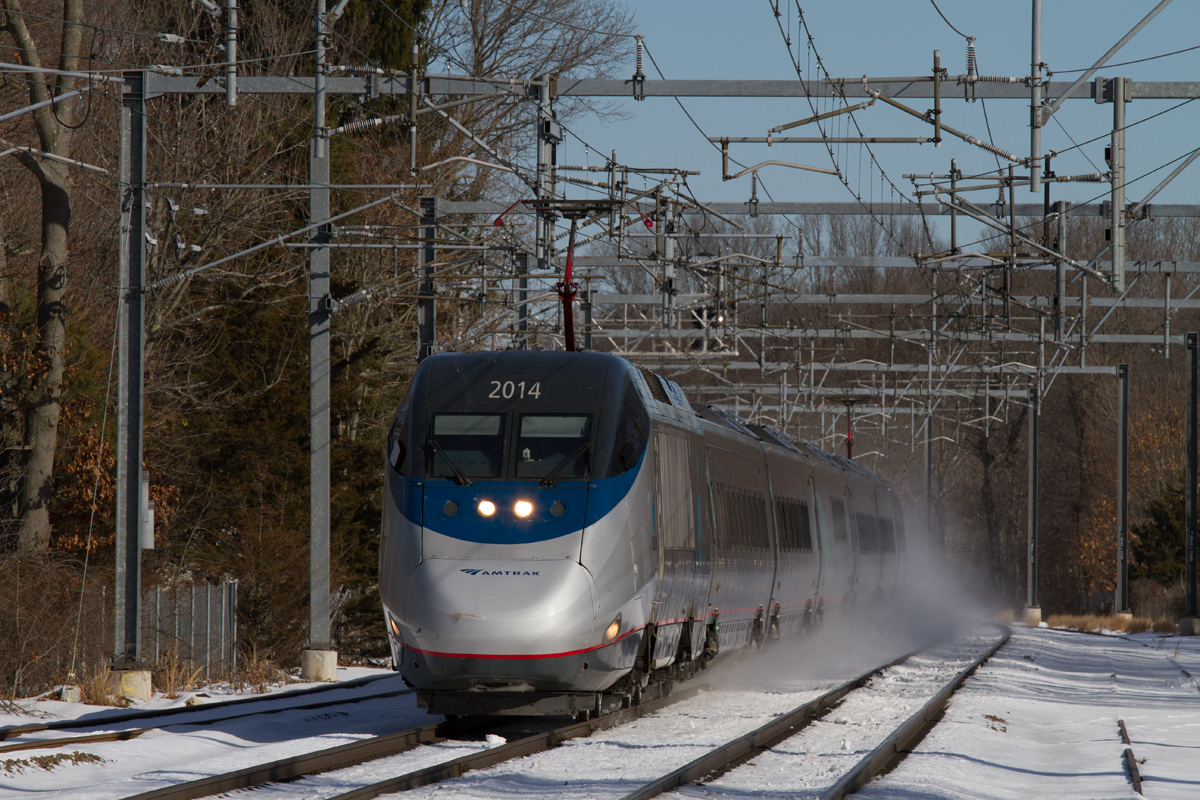

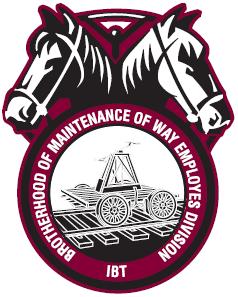
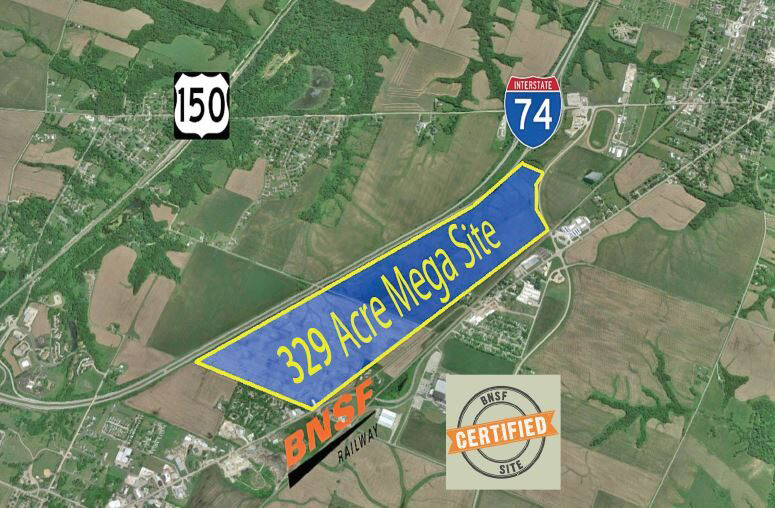
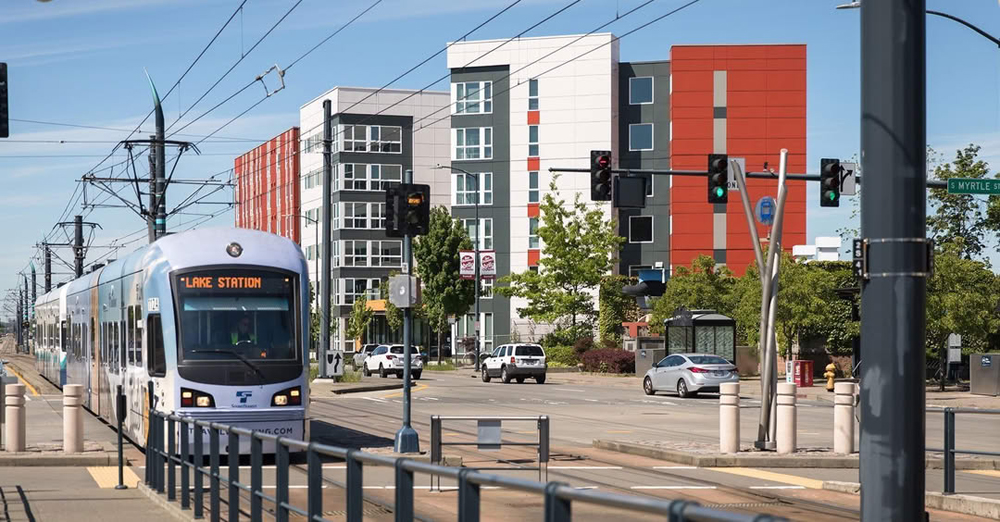
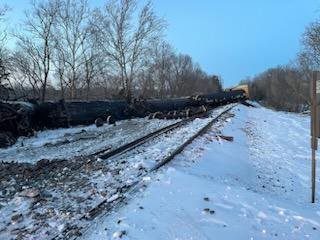




ROBERT MCGUIRE: The great service you received goes back to the root of the acronym TIP To Insure Prompt service. If given at the beginning of a service the server knows where they stand, rather than hoping for a tip after they are finished. The only place I think that may routinely happens is at a live show or an expensive restaurant where you are hoping for a good seat.
Mr. Smith. I am not an expert on retention tanks or Northeastern environmental regulations. However, knowing people as I do, “one-time” events frequently become a regular practice.
Why could the disposal system not have been designed so that the retention tanks could be dumped manually if the power failed? A one-time dump onto the right-of-way is not likely to wreck the environment.
Well, somybody’s gotta it: “poop” happens…
GERALD MCFARLANE: The doors are electrically operated but there is a manual overide for emergency use in case of a derailment. I have seen them opened manually although not for that purpose.
If Amtrak can’t dispatch an engine when its that close to Sunnyside or at least get it moved back there if no road engine is available, then Amtrak is indeed in very bad shape.
The link to the Boston TV station story says the train was “five minutes out of the tunnel” and “near Queens.” So, they could have been on the Hellgate Bridge or still on the LIRR or on the approach to Hellgate. In any event, minutes away from Sunnyside Yard and a relief engine, so there must be more to why they weren’t rescued sooner. This seems like a good time for thoughts from a railroad Luddite (me) who liked the way things were, not the way they are: If the train had been steam-heated, the heat would have stayed on. If the cars had batteries and axle generators instead of HEP, the electricity would have stayed on, at least for a while, even if there was a problem with the catenary to power the train.
According to a story in the Boston Patch, the train lost power 5-10 minutes after leaving Penn Station, somewhere in Queens. The story gave conflicting accounts of how well Amtrak personnel treated the passengers. Apparently Amtrak was providing vouchers for future trips for those stuck on the train.
If that Acela was in Queens just 5-10 minutes from Penn Station, it was on an elevated roadbed that is fenced. I suppose that’s why no one got off, or could do so.
Mr. Pins. Have you thought what would happen to the Amtrak system (emphasis on “system”) if you turned a New York-based yard job into a rescue crew? Scores of trains wouldn’t get built. There would be havoc east of the Mississippi the next day. The expectation of 100% interruption-free rail and airline travel is not rational. Unless your riding on NetJets, OXJETS, or Delta Private Jets. And as long as there are no weather events that shut down airports.
Mr. Landey, you may have inadvertently made a point that airlines are a dang dandy way to travel long distances. And the carriers usually make a profit when they move you from place to place. As to establishing back-up locomotive plans on Amtrak’s far-flung routes, Amtrak would be required to have scores — or perhaps hundreds — of rescue service contracts in place. Not even airlines have backup aircraft sitting around at their hubs. If you do happen to experience an airline mechanical-caused IROP, and a “drag-up” or inbound bird is captured to replace your sick aircraft, you’re one lucky dude. If at say, ELP or TYS or ICT, Mother Delta has a serious mechanical problem that the local contract maintenance guy cannot fix, that plane sits there until the part arrives…or mechanics from either SLC or ATL fly into town on a replacement aircraft. Bottom line — there is no economical way to reduce delays when major railroad or airline mechanical failures occur.
Thanks for the correction Charles. I should have known that fact as I once had a “sort of” relationship with a woman from Westwood.
One more item: Wouldn’t Amtrak have a road supervisor of engines on duty in Boston that is route qualified to take the switcher out for thee rescue?
Well, it is good to read the ins and outs of the knowledgeable people discussing this story. You have convinced me. On my next Acela trip I am carrying a couple of plastic bags with me.
Actually, I have to give my brother the credit for this idea. Several years ago I was booked on the Carnival Triumph. You may remember it was the Carnival ship that broke down in the Caribbean and had a similar toilet issue. He suggested taking a couple of plastic bags on my cruise. I did. Thankfully, I did not need them, but with Amtrak one never knows exactly what to expect. So baggies it is!
A similar incident happened when I traveled on the Capitol Limited several years ago. The train left Connellsville on time. In the yard at Connellsville rested an AMTRAK passenger locomotive. We were told that there would be a slight delay as the locomotive from our train would be uncoupled to pick up the errant engine. This was accomplished in about 45 minutes and the two engines were coupled to the front of the Capitol. BUT, they could not get the electrical system controlling the air conditioning and the toilets to work. On the PA system, they announced that the train would proceed to Cumberland where a mechanic would be available to fix the problem. When we arrived in Cumberland, however, passengers were allowed to detrain and use the (single) toilet in the Cumberland station. However, the electrical problem was not fixed. Car attendants opened the windows in the car doors to provide a modicum of circulation since the air conditioning system was also not working. We arrived in Martinsburg, where again people were allowed to detrain and use the station toilets to relieve themselves. Finally the train got to Washington. Would you believe AMTRAK held the train for 15-20 minutes so that a track could be cleared for the Capitol’s 5 hour late arrival.
Arthur Miller says that when a train is stranded, start negotiating insurance, crews, etc. I say when a train is stranded, the DS has a plan in place on his desk to rescue it, or at least to evacuate the passengers. For the love of God that line has existed since the Hell Gate Bridge was built. What was that, a hundred years ago?
Three days ago I flew from Nashville to Baltimore, walked across the terminal to another gate, and flew from Baltimore to home, in less than five hours.
Amtrak owes an explanation. Apparently the train was somewhere in Queens, which if it wasn’t part of New York City would be a city of two million people. Heck, the US President is from Queens. This sounds like as if the train broke down in rural Tanzania with the next engine/ crew base 300 km away.
PS ROBERT Route 128 Station is in Westwood, Massachusetts. People think it’s in Dedham because Dedham is the nearest town center.
I left out one more item. As far as New Rochelle Junction, the train is also on Amtrak’s railroad, no one else’s.
Arthur J.Miller – All that may be true if you’re stranded in the boondocks on some freight railroad, but if you’re within spitting distance of what PRR billed as the “Largest Passenger Car Yard In The World,” and it’s your (Amtrak’s) yard, and the Acela train might even have been within the yard limit of Sunnyside, and I would imagine Sunnyside has at least one shifter crew on duty on each trick, then it doesn’t seem, to me, such a gargantuan undertaking. But hey, none of us know the real facts yet.
Arthur Miller – Don’t you think that Amtrak has yard goats at Sunnyside terminal?
My grandfather was a trackman for the old PRR before retention toilets. I remember him telling me that one of the first things he learned working on track was to stand WAY back when a passenger train was passing by, farther than he would for a freight train.
Mr. Chandler. Two items about the ease, or difficulty, of adding auxiliary power to Amtrak coaches. Have you ever looked at the construction plans for ATK’s coach fleet? It would be like adding a second APU to an A-350. No room. As for those who think Amtrak could/should be able find backup rescue motive power at the drop of the hat. That thought clearly is in the “Wouldn’t It Be Nice If _ _ _ ” category. You just don’t borrow a locomotive… AND set up a rental price… AND round up a crew on a Holiday weekend… AND ensure the crew is qualified on Amtrak territory… AND ensure that CBA’s aren’t ravaged… AND get the locomotive inspected by Amtrak mechanical… AND get insurance into place… AND…and AND… and AND . . . with a snap of your fingers.
GEORGE PINS: That is a good question and one I know the answer to because I was once on an Acela Express that lost catenary power due to a tree struck by lightning that fell across the tracks behind us (luckily) just south of Route 128 station in Dedham, Mass. The engineer was able to glide into the station and stop at the platform for those getting off there. It seemed to be the majority of those on the train at that point . However, for those of us continuing on to Boston we sat on the powerless train for 3 1/2 hours awaiting rescue. Non-operating toilets were not an issue because we could get off the train and use the toilets in the station building. After the 3 1/2 hours of waiting we boarded an MBTA commuter train that took us into Boston. As we were leaving I noted a T diesel locomotive couple up to the Acela equipment and getting ready to tow it into the yard at South Station. So they do have conventional couplers.
As a side bar to that incident, as we were rushing to get off the first class car to catch the commuter train I forgot to tip the excellent service attendant. A couple of years later he was working another Acela Express train I was riding and after a bit of his excellent service I asked him if he was indeed the attendant on that disabled Acela He said that he had been and remembered how it took them as long to get from Route 128 to South Station as it had to get from Penn. Station to Route 128. At that point I pulled out a $10.00 bill and gave it to him and apologized for the tardiness of the tip. I’m going to tell you George from that point on I have never received such good service on any Amtrak train either before or after that trip to New York. I gave him another $10.00 bill when I left at Penn Station.
WM DAHLSTEN: I remember riding the vestibule coming down CPR’s Kicking Horse Pass on The Canadian about 40 years ago. I was being sprayed in the face with liquid. I commented to one of my buddies about where it might have come from since the sun was out and there wasn’t a cloud in the sky. He said that it was from the toilets and I should be very glad I wasn’t hit by any solids. That kind of put a damper on further vestibule riding until retention toilets were placed in use.
Here’s a question I don’t know the answer to – maybe one of our readers can do so – How would a conventional loco, electric or diesel, couple up to an Acela trainset? Does it need some special adapter which may not have been available? Do the Acela end cars have conventional couplers which can be deployed?
The wonders of new technology.
I remember riding an ancient combination coach. The Pullman green relic was tied to the tail of a mixed CB&Q branch line local. That was 55 years ago.
No electricity would have been no issue. The doors would still open. The toilet featured a straight shot down to the track. You could look down and watch the ties pass by.